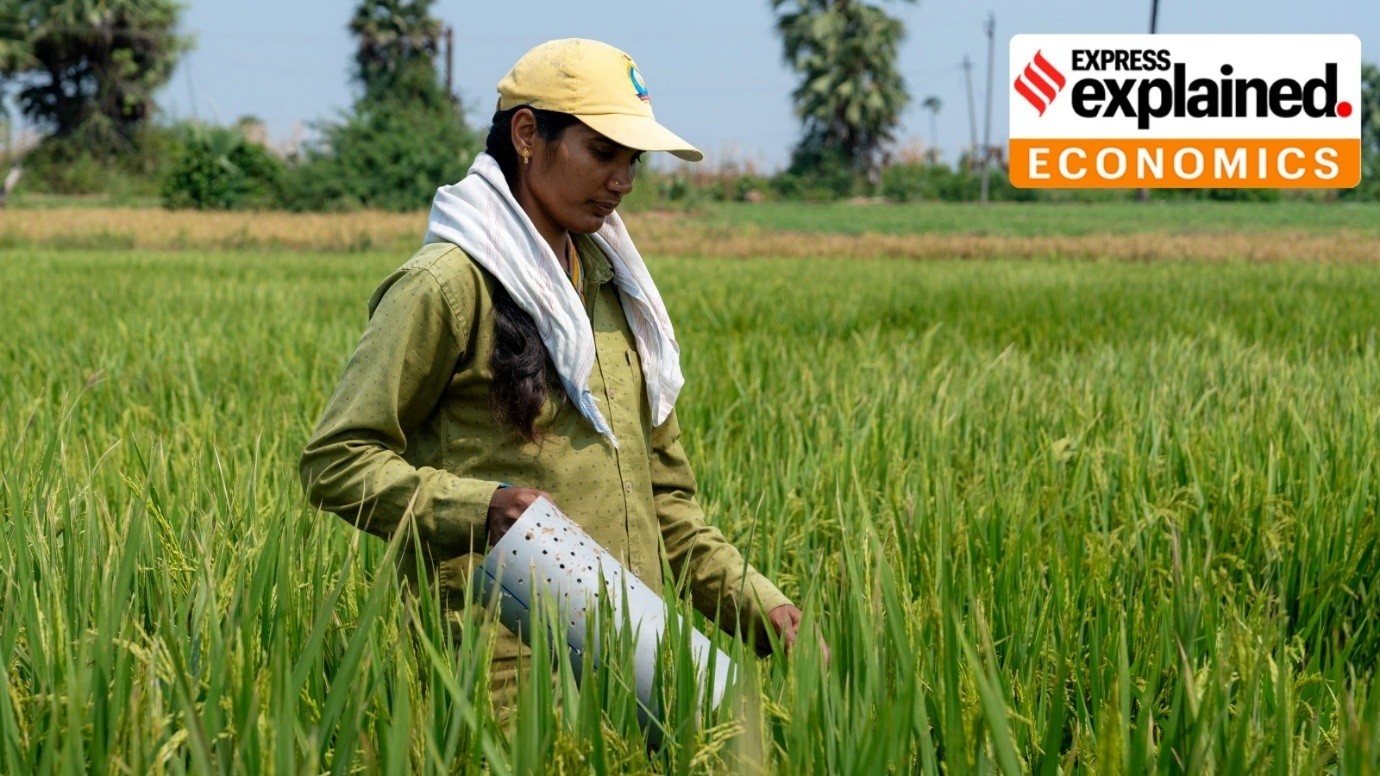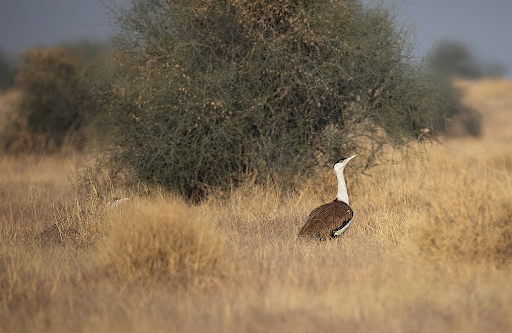



Two Chinese researchers have been charged in the U.S. for smuggling Fusarium graminearum, a crop-destroying fungus, highlighting rising fears of agro-terrorism. Agro-terrorism involves using biological agents to harm a country’s agriculture, posing serious threats to food security, economy, and public health—especially in nations like India, which share borders with hostile neighbors.

Disclaimer: Copyright infringement not intended.
Two Chinese researchers have been charged in the US for smuggling Fusarium graminearum, a toxic crop-destroying fungus, raising fears of agro-terrorism.
Agroterrorism, also known as agriterrorism and agricultural terrorism, is a malicious attempt to disrupt or destroy the agricultural industry and/or food supply system of a population through "the malicious use of plant or animal pathogens to cause devastating disease in the agricultural sectors".
It is closely related to the concepts of biological warfare, chemical warfare and entomological warfare, except carried out by non-state parties.
|
Aspect |
Details |
|
Type of Organism |
Fungus |
|
Affected Crops |
Wheat, barley, maize (corn), rice |
|
Disease Caused |
Fusarium Head Blight (FHB), Ear Rot, Stalk Rot |
|
Impact on Crop |
- Affects kernel development - Reduces yield - Continues to spread as crop matures |
|
Survival Mechanism |
Survives in plant tissue residues such as small grain stems and roots |
|
Infection Spread |
Infects new plants from infected residues |
|
Toxin Produced |
Vomitoxin (Deoxynivalenol or DON) |
|
Toxin Impact (Human & Livestock) |
Vomiting, diarrhea, abdominal pain, fever |
|
Economic Impact |
Causes over $1 billion in crop losses annually in the United States alone (as per USDA) |
|
Public Health Risk |
Makes grain unsafe for human and animal consumption due to toxin contamination |
Source: Livemint.Com
|
PRACTICE QUESTION Q. With reference to Agroterrorism, consider the following statements:
Which of the statements given above is/are correct? (a) 1 only (b) 2 only (c) Both 1 and 2 (d) Neither 1 nor 2 Answer: a Explanation: Statement 1 is correct: Fusarium graminearum produces Deoxynivalenol (also known as Vomitoxin), which contaminates grains and poses serious health risks to humans and animals. Statement 2 is incorrect: The Magnaporthe oryzae pathotype Triticum was reported in West Bengal, not Punjab. |






© 2026 iasgyan. All right reserved